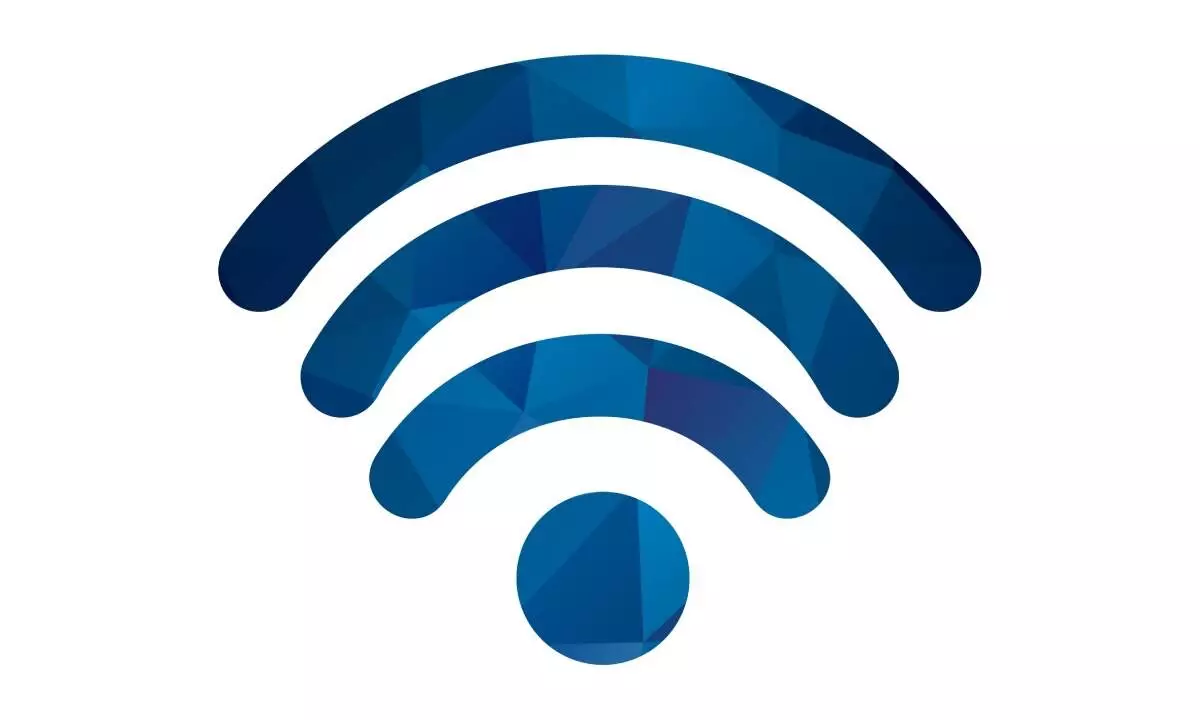Wi-Fi 7 or Wi-Fi 6 how do you decide?
Wi-Fi 7 is the latest in wireless network protocols that are commonly used for networking and internet access. While Wi-Fi 6 is just now beginning to pick up steam, it has been criticised as being an incremental update over Wi-Fi 5.
image for illustrative purpose

Wi-Fi 7 is the latest in wireless network protocols that are commonly used for networking and internet access. While Wi-Fi 6 is just now beginning to pick up steam, it has been criticised as being an incremental update over Wi-Fi 5.
Wi-Fi 7 promises to be more than twice as fast as Wi-Fi 6, with theoretical peak data rates of 40Gbps.
The new standard isn't set in stone yet, and the technical specifications are still being worked out, but even at this early stage Wi-Fi 7 looks to be the next generational leap forward for wireless data networks.
For comparison Wi-Fi 5 had peak data rates of 6.9Gbps, whereas Wi-Fi 6 and 6E maxed out at 9.6Gbps.
Wi-Fi 7 will also introduce new technologies to reduce latency within the network, and also promises to increase network capacity to connect more devices on a single connection.
Just like with Wi-Fi 5 (802.11ac) and Wi-Fi 6 (802.11ax), Wi-Fi 7 will require routers that support the 802.11be IEEE standard. It will be backward compatible with Wi-Fi 6 and Wi-Fi 6E devices, Wi-Fi 5, Wi-Fi 4 devices.
The new standard will also retain all technologies that were introduced with Wi-Fi 6 and 6E, namely Orthogonal Frequency Division Multiple Access (OFDMA), Multi-user, Multi-input and Multi-Output (MU-MIMO).
Without complicating things too much, OFDMA is responsible for faster data transfers, by allowing data to be distributed in smaller packets to multiple devices at once.
MU-MIMO allows for multiple streams of these data transfers simultaneously, increasing network performance. Wi-Fi 7 will retain these technologies, while adding new ones to lower latency and increase data transfer rates.
What is new in Wi-Fi 7?
To start, Wi-Fi 7 will increase the number of data packets that can be transferred using OFDMA more than two-fold, doubling the efficiency and lowering latency.
MU-MIMO streams have also been doubled to 16, compared to the previous generation, not only allowing more data to be transferred but doubling the speed in the process.
Wi-Fi 7 will introduce Multi-Link Operation (MLO) which will allow networks to send and receive data over multiple bands (2.4GHz, 5GHz and 6GHz) to create one combined connection, increasing speeds. Wi-Fi 7 devices will also be able to reserve bandwidth exclusively for certain applications.
Wi-Fi 7 will also double the width of channels possible within a band. Wi-Fi 5 had a width of 80MHz within a band, while Wi-Fi 6 topped out at 160MHz. Wi-Fi 7 can utilize 320MHz channel bandwidth across the 2.4GHz, 5GHz and 6GHz bands.
The easier way to understand this, is the wider the channel bandwidth on a particular band, the less interference there will be between connected devices on a single network. It will also increase speeds, and allow more devices to connect to one network.
When can we expect to see Wi-Fi 7 become standard in network devices?
Considering Wi-Fi 6 was introduced in 2019, and has only now started to gain momentum, Wi-Fi 7 maybe a few years away. The specification is not final yet, and the features are still being worked out.
Companies like Qualcomm have already thrown their weight behind the new standard. The semiconductor and wireless technology company has announced a new family of Networking Pro Series platforms that promise support for enhanced Wi-Fi 7 features like 320MHz channel support.
Qualcomm says that benchmarks already show speeds of up to 33Gbps, with peak throughputs of over 10Gbps. The new devices will support the 6GHz spectrum band.

